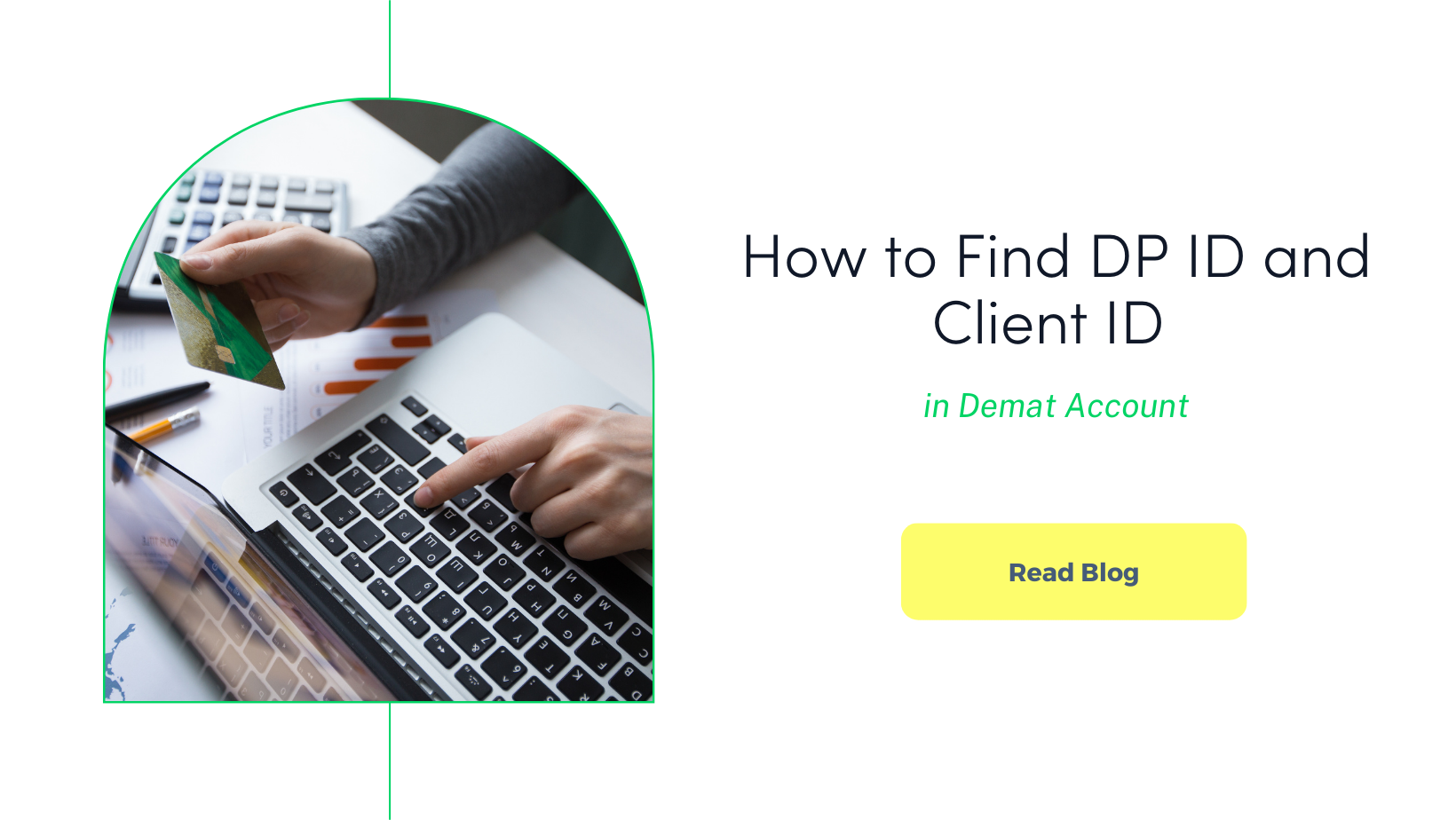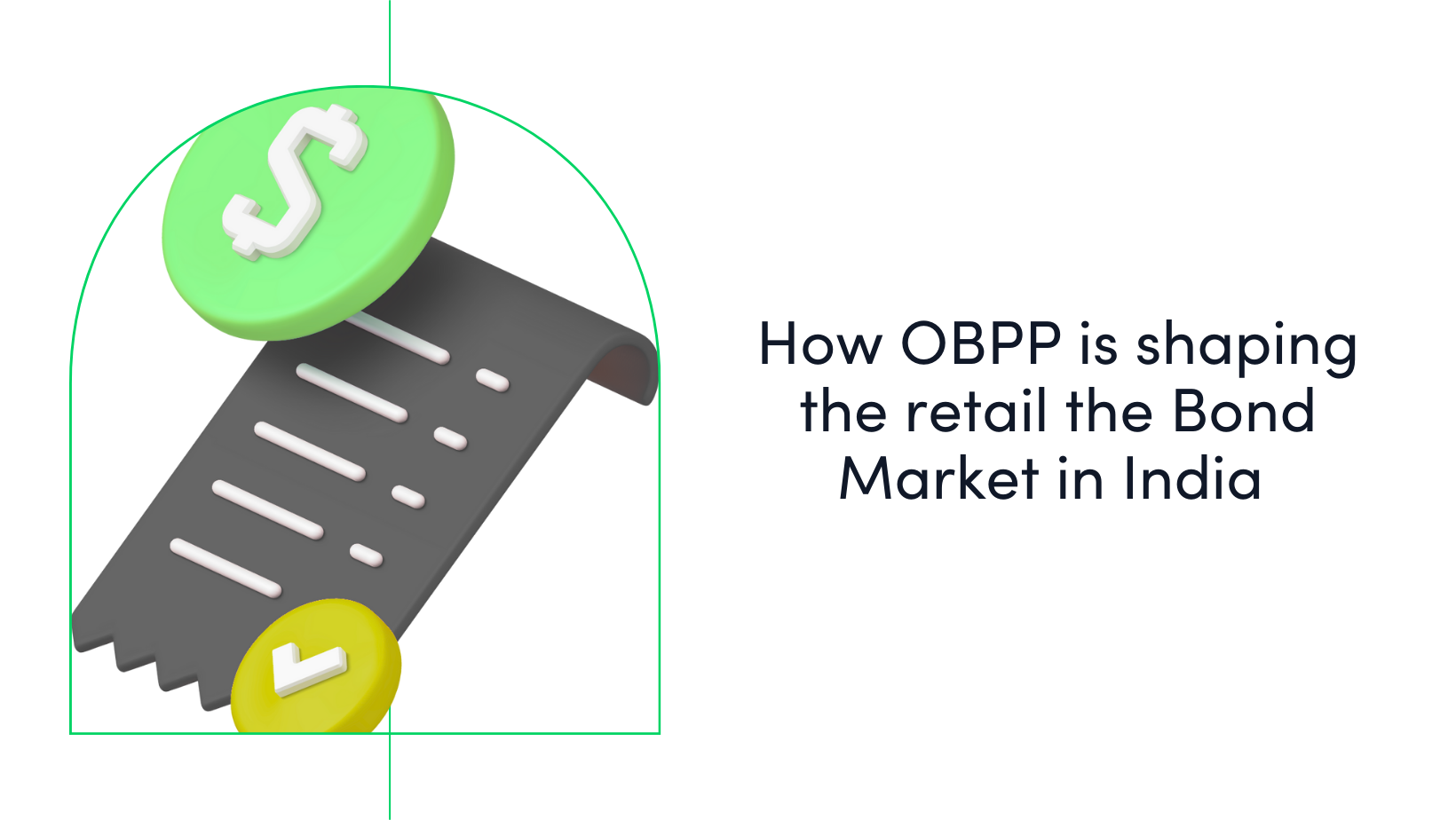Earn 9%–15% on Senior Secured Bonds.
Lower risk. Fixed returns. Start investing on Aspero with just ₹10,000.
Explore Bonds



How to Find DP ID and Client ID in Demat Account
For anyone investing in the Indian stock market, a Demat account is a fundamental requirement. It acts as a digital vault for your shares and securities, ensuring safe and paperless transactions.
However, new investors often find themselves confused by terms like DP ID and Client ID. Understanding these terms is crucial for executing trades, linking accounts, and receiving corporate actions.
This article explains their importance, and provides a step-by-step guide on how to locate them in your Demat account.
What Is Demat Account Number?
A Demat account number is a unique 16-digit identifier assigned to every Demat account holder in India. It is a combination of two components: the DP ID and the Client ID. Here’s how it works:
- DP ID (Depository Participant ID): The first 8 digits identifying the institution (like your bank or broker) where the account is held.
- Client ID: The last 8 digits uniquely identifying your individual account under the DP.
For example, if your Demat account number is IN34215678901234:
Here DP ID is IN342156 and client ID is 78901234.
The structure slightly varies depending on the depository:
- NSDL (National Securities Depository Limited): The Demat account number begins with “IN” followed by 14 digits (e.g., IN12345678901234).
- CDSL (Central Depository Services Limited): The Demat account number is a 16-digit numeric sequence without any alphabets (e.g., 1234567890123456).
Why Are DP ID and Client ID Important?
Both DP ID and Client ID play a critical role in the functioning of your Demat account. Here’s when you need these identifiers:
- Executing buy or sell orders
When you place a trade, the system requires your Client ID to ensure the securities are credited or debited to the correct Demat account.
- Linking trading and Demat accounts
Investors often use separate platforms for trading and holding securities. Your DP ID and Client ID are required to link these accounts. This enables seamless transfer of shares.
- Receiving IPO allotments or corporate actions
Allotments from IPOs, bonuses, rights issues, or dividends are credited using your Demat account number.
- Verifying ownership or transferring shares
During share transfers, pledging of securities, or dematerialisation, your DP ID and Client ID serve as a unique reference for your Demat account.
- Filing complaints or queries
Do you have any issues or need to contact your broker or depository? Providing your DP ID and Client ID helps the broker quickly locate your account and resolve queries efficiently.
Where Can You Find Your Client ID and DP ID?
Here are the most common methods where you can find your Client ID and DP ID:
- Welcome letter
When you open a Demat account, your DP sends you a welcome letter or email.
This document contains your DP ID, Client ID, and the complete 16-digit Demat account number. Always keep this letter safe for future reference.
- Demat account statement
Your depository (NSDL or CDSL) or broker sends you monthly or quarterly account statements.
At the top of these statements, you’ll find your Demat account details—like your DP ID and Client ID.
- Online Demat account login
Log in to your broker’s online platform (such as Zerodha, Upstox, or Angel One). Go to the profile or account settings section, where your Demat account number, DP ID, and Client ID are usually listed.
- Online trading account
If your trading account is linked to your Demat account, your dashboard or portfolio section will display your Demat account number, from which you can identify the DP ID and Client ID.
- Broker’s mobile app
Most brokers have mobile apps (e.g., Groww, Zerodha Kite, Upstox) where your account details, including DP ID and Client ID, are available under the account profile or settings section.
- Internet banking (For banks offering Demat)
If you have opened your Demat account through a bank like HDFC, ICICI, or Kotak, you can find your details via internet banking:
- Log in to your net banking portal.
- Go to the Demat section.
- Look for options like “Demat account number” or “View holdings”.
- You may need to re-enter your password for security.
- Your DP ID and Client ID will be displayed.
- Contacting your stock broker
If you are unable to locate your DP ID or Client ID through the above methods, contact your broker’s customer support. After verifying your identity, they will provide you with the required details.
Conclusion
YDP ID and Client ID is a key element for executing trades, linking accounts, receiving IPO allotments, verifying ownership, and resolving account-related issues efficiently.
Knowing where to find these identifiers empowers you to manage your investments with confidence and avoid unnecessary delays.
For a seamless investment experience, consider using platforms like Aspero — built specifically to make fixed income investing simple, accessible, and transparent. Aspero offers curated access to a wide range of investment-grade bonds with yields ranging from 9% to 15%, starting from as low as ₹300. With zero transaction fees, a 2-minute KYC, and the ability to invest anytime — even on holidays, the platform makes it easier than ever to diversify your portfolio beyond equities and mutual funds.
In the current market climate, where volatility in equities persists and interest rates may begin to soften, fixed income instruments like non-convertible debentures (NCDs) and listed corporate bonds provide a stable, predictable return — making them a smart addition to any well-balanced portfolio. Whether you’re a seasoned investor or just exploring alternatives to traditional savings instruments, Aspero helps bridge the gap with education-first tools, transparent pricing, and handpicked issuances.
If you’re looking to bring more stability and diversification into your investment mix, fixed income deserves a serious look — and Aspero makes that easier than ever.









